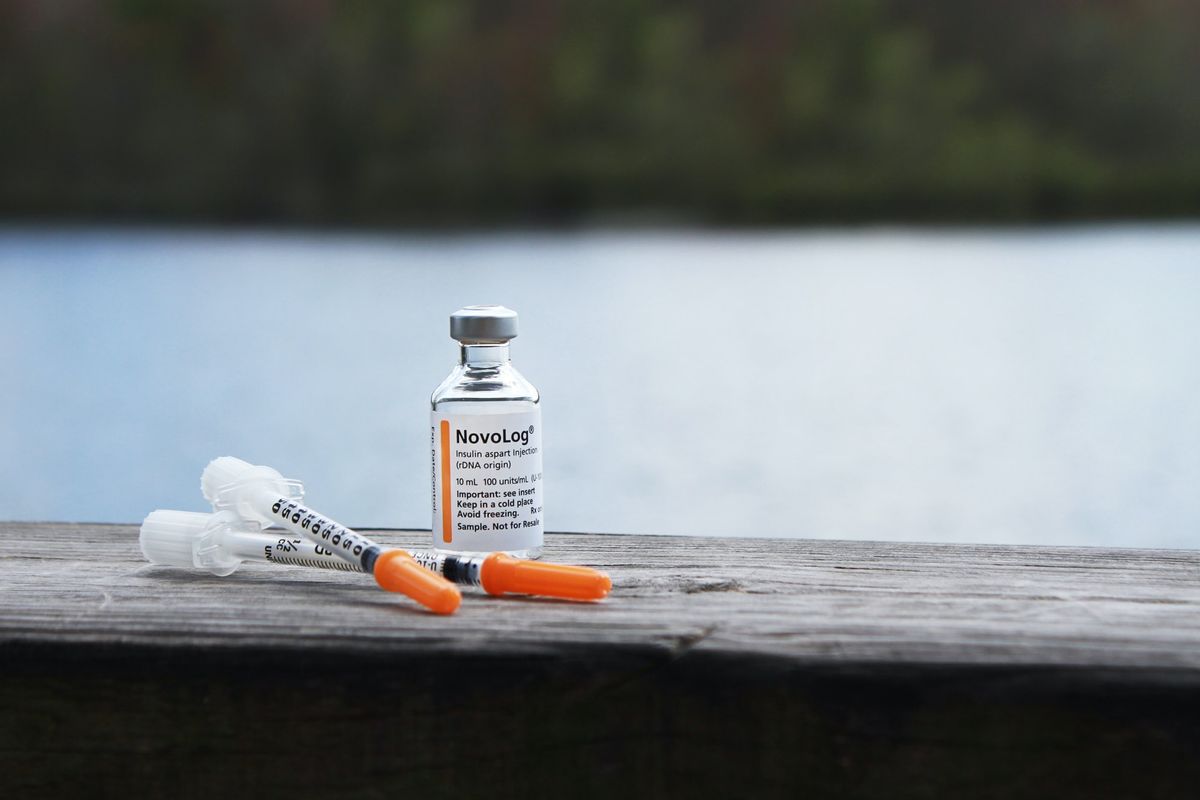'Out-of-Control' Insulin Prices Driving Sales of Bogus Diabetes Cures

The cost of insulin has been rising steadily in the United States – up 11 percent annually in recent years – reaching an average annual cost of $6,000 per patient. One result is obvious: many patients, as many as one-fourth by some estimates, are cutting back or even going without their life-saving injections.
Others are falling for unproven treatments and bogus cures, driving the Federal Trade Commission (FTC) to try to rein in some of the more dangerous scams.
The agency sent cease-and-desist letters last week to 10 companies suspected of advertising unproven treatments or cures for diabetes, ordering the companies to stop making unsubstantiated claims within 15 days or face potential legal action.
“Out-of-control insulin prices are driving Americans to turn to questionable products rather than proven treatments,” said Samuel Levine, Acting Director of the FTC’s Bureau of Consumer Protection. “The FTC and FDA are joining forces to call out 10 companies for selling supposed diabetes treatments that don’t appear to be supported by sound science.”
Why is insulin so expensive?
Diabetes is now the most expensive disease in the United States, accounting for $1 out of every $4 spent on healthcare, according to the American Diabetes Association. Most of the cost is traceable to the ever-rising price of insulin. Why are those costs rising so steadily?
While the cost of “basic” insulin has risen moderately, it’s the newer versions of the drug that are driving the more drastic increases. Newer versions include faster-acting formulations and longer-lasting ones that don’t require as many injections per day, according to American Action Forum.
But healthcare insiders say the most significant factor is rebates – the discounts routinely offered to some purchasers. List prices rise drastically but the net price paid by recipients of the rebates rise at at slower pace.
The rebates are part of the complex and largely invisible influence of the pharmacy benefit managers that control which drugs – and which versions of those drugs – will be dispensed by pharmacists and covered by insurers.
The rebates drive up the total cost to the nation as a whole while protecting the profits of the major drug and insurance companies while in many cases driving up out-of-pocket costs for individual policyholders.
That’s because out-of-pocket costs are largely based on the list price of a drug, while the amount paid by insurers is based on the net – or rebated – price.
Sanofi, for example, reported that since 2012, the average list price for all its insulin products had increased 126 percent by 2018, while the average net price decreased 25 percent.
The rebate system has also hampered efforts by patients to use the older, cheaper insulin versions. Rebates are lower on the older drugs, thus driving up the net cost and the out-of-pocket price patients pay at the pharmacy.
Companies warned
The FTC demands were issued jointly with U.S. Food and Drug Administration (FDA) warning letters, in which the FDA warned the companies that their diabetes products are both unapproved and misbranded, in violation of the Federal Food, Drug, and Cosmetic Act (FD&C Act).
The FTC’s cease and desist demands were issued to the following companies:
1) Ar-Rahmah Pharm, LLC; 2) Aceva, LLC; 3) Live Good Inc.; 4) Holistic Healer & Wellness Center, Inc.; 5) Lysulin, Inc.; 6) Metamune Inc.; 7) Nuturna International LLC; 8) Pharmaganics LLC; 9) Phytag Labs; and 10) Radhanite, LLC d/b/a Curalife Ltd.
